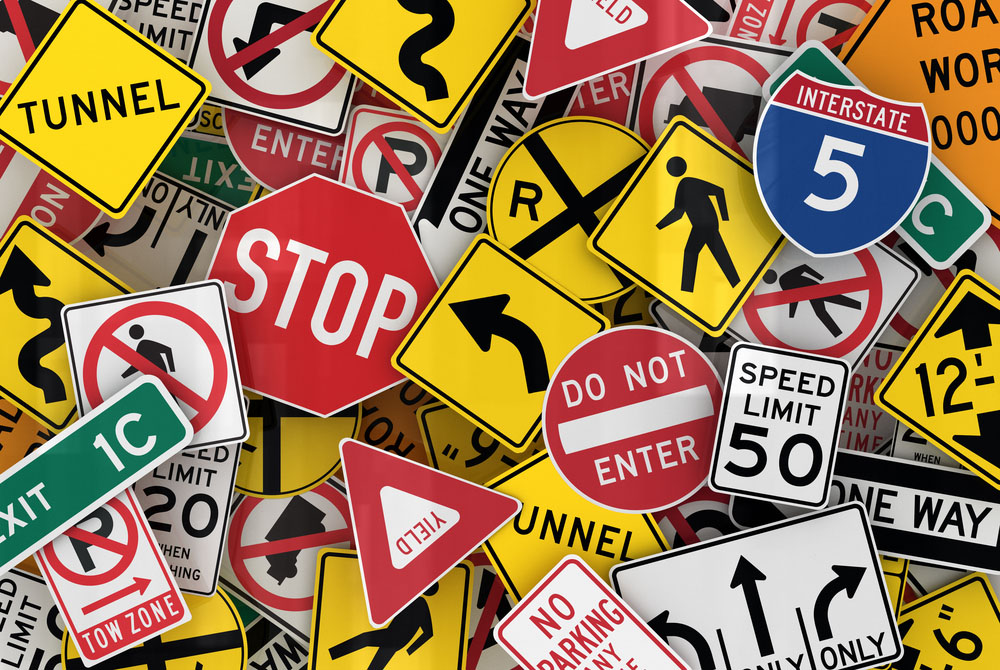Our sermon text for this coming Lord’s Day will be Exodus 4:1-17,27-31. This portion of God’s Word describes Moses being commissioned to go back to Egypt in order to deliver the Israelites from Egyptian bondage. More specifically, our sermon text covers Moses’ return to the Israelites in Egypt in order that he could tell them the good news that God has sent him to deliver them from their bondage.
From the dialogue between God and Moses recorded in verses 1-9, Moses is doubtful that the Israelites will believe him when he tells them that he has been sent for their deliverance. And so God gives Moses three “sings” that he could use to convince them that he really has been commissioned by God for this task.
The purpose and nature of these three signs are different from the “signs” that we have looked at thus far in our God’s Road Signs sermon series. The sun, moon and stars are signs, but their purpose is to mark days, months, years, and times. The rainbow is a sign, but it’s the sign of a covenant that God made with all the inhabitants of the earth. In other words, the rainbow serves as a reminder of a specific promise God made to His creation.
The three signs that were given to Moses serve a completely different purpose than the sun, moon, stars, or rainbow. According to verse 8, these signs are to serve as an authentication of the message being brought to the Israelites. Put another way, these signs are to validate the claim that Moses is making.
This Sunday we will explore these signs in greater detail. We’ll see how they impacted the Israelites, we’ll see how similar signs were used elsewhere in the book of Exodus, and we’ll consider other signs throughout the Bible that have been used for similar purposes.
Here are some questions for helping you prepare for this sermon.
1. By the time Moses and Aaron came to the elders of Israel, how long had the Israelites been in bondage in Egypt?
2. What were the three specific signs that Moses was given by God?
3. From verse 9, the third sign was to be performed only if the people did not believe the first two signs. Did Moses actually need to perform this sign when he and Aaron met with the Israelites? (vs. 27-31)
4. What was the response of the Israelites to Moses’ and Aaron’s testimony and signs?
5. In what way do the Ten Plagues serve as signs? (Ex 7:3; 8:23; 10:1-2; etc.)
6. Another word for the type of sign we are dealing with here is “miracle.” Can you think of other signs/miracles in the Bible that served the purpose of authenticating the message of God’s spokesman?

